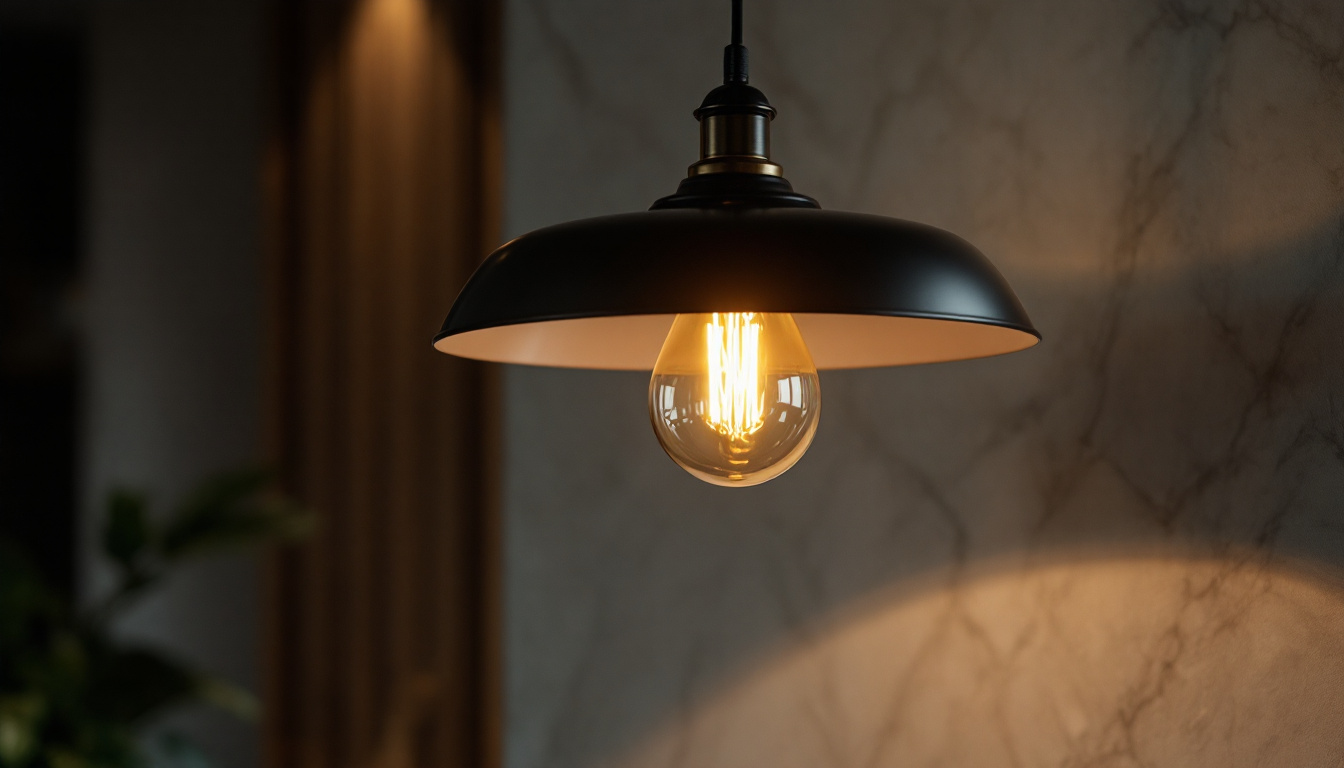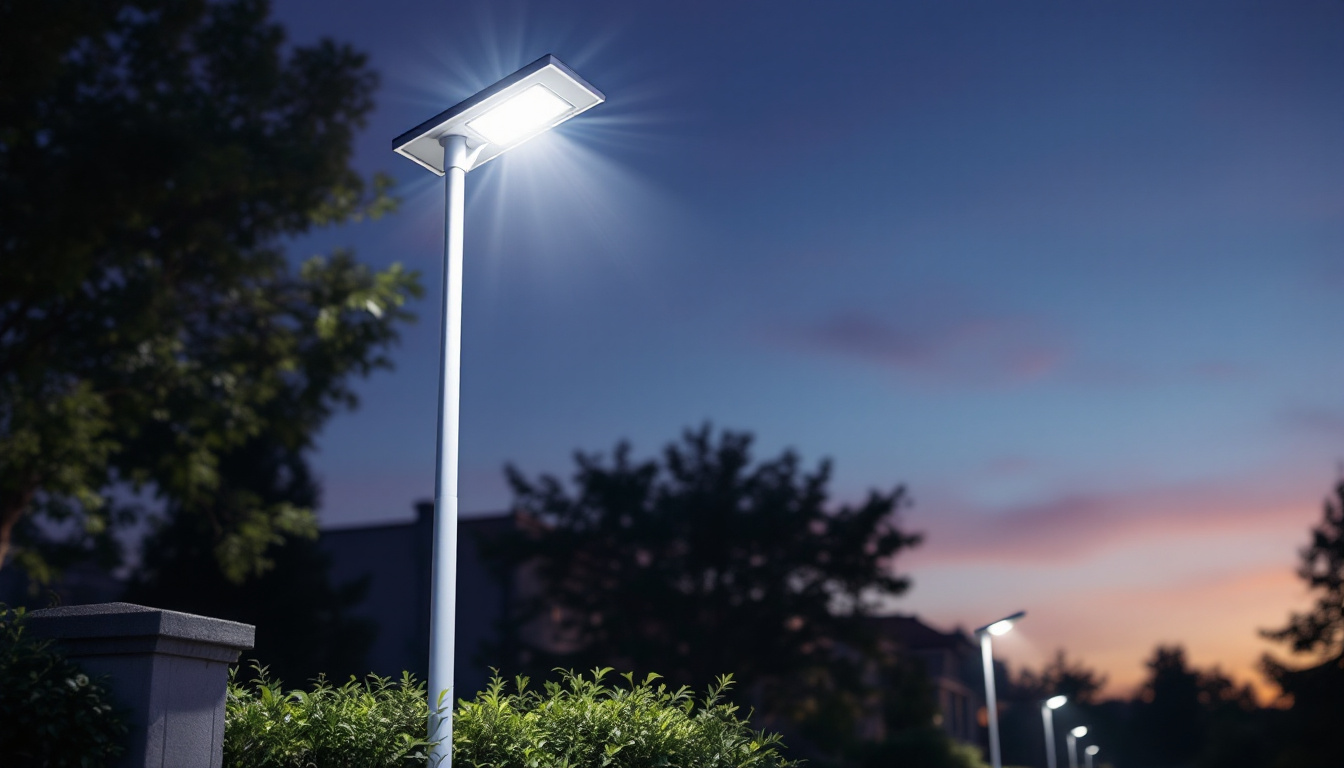
Understanding the various components of lighting fixtures is essential for lighting contractors. Among these components, the light bulb base plays a pivotal role in ensuring compatibility, functionality, and safety. This article delves into the intricacies of light bulb bases, offering valuable insights that can enhance the expertise of lighting professionals.
Light bulb bases are the part of the bulb that connects it to the fixture. They come in various shapes and sizes, each designed for specific types of bulbs and fixtures. The base not only provides electrical connectivity but also aids in securing the bulb in place. For lighting contractors, a comprehensive understanding of these bases is crucial for proper installation and maintenance.
There are several types of light bulb bases, each serving different applications. The most common types include:
Compatibility between the light bulb base and the fixture is paramount. Using an incompatible base can lead to poor electrical connections, which may cause flickering, overheating, or even electrical failures. Lighting contractors must ensure that the bulb base matches the fixture specifications to avoid these issues.
In addition to electrical compatibility, physical fit is also crucial. A bulb that is too large or too small for its socket can lead to improper installation and potential safety hazards. Therefore, understanding the dimensions and specifications of various bases is essential for contractors working in diverse environments.
Moreover, advancements in lighting technology have introduced new base types and variations, such as the LED and CFL bulbs, which often come with their own unique bases. These modern bulbs not only offer energy efficiency but also require specific fixtures that can handle their electrical characteristics. For instance, some LED bulbs are designed to fit into traditional Edison sockets but operate at lower wattages, which can impact the overall lighting design of a space. This evolution in bulb technology necessitates that contractors stay updated on the latest trends and specifications to ensure optimal performance and safety.
Furthermore, the aesthetic aspect of light bulb bases should not be overlooked. Decorative fixtures often require specific base types that complement their design. For example, vintage-style bulbs with exposed filaments may use an Edison base to maintain a retro look, while more contemporary fixtures might favor sleek, minimalist designs that utilize GU10 bases. Understanding the interplay between base types and fixture styles can greatly enhance the overall ambiance of a space, making it essential for contractors to consider both functionality and design when selecting light bulbs for their projects.
Lighting contractors must consider several factors when selecting light bulb bases for their projects. These factors can significantly impact the performance, efficiency, and longevity of the lighting systems they install.
Each light bulb base comes with specific wattage and voltage ratings. Exceeding these ratings can lead to overheating and premature failure of both the bulb and the fixture. It is essential for contractors to verify that the bulbs they choose are within the recommended ratings for the fixtures they are working with.
Contractors should also be aware of the differences between line voltage and low voltage applications. Low voltage systems often require specialized bases and transformers, which adds another layer of complexity to the selection process. Additionally, understanding the implications of wattage ratings can aid in creating energy-efficient designs that not only meet client expectations but also comply with local building codes and regulations.
The advent of energy-efficient lighting technologies, such as LED and CFL, has transformed the landscape of light bulb bases. These technologies often require different bases than traditional incandescent bulbs. For instance, LED bulbs may come with integrated bases that are not interchangeable with older models.
Contractors should stay informed about the latest advancements in lighting technology to ensure they are recommending the most efficient options to their clients. This knowledge not only enhances the quality of installations but also supports sustainability efforts in the industry. Moreover, the shift towards smart lighting solutions, which often feature unique bases and connectivity options, is reshaping how contractors approach lighting design. Understanding how these innovations work can help contractors provide tailored solutions that meet the evolving needs of their clients, ensuring that installations are not only functional but also future-proof.
Proper installation of light bulbs is critical for ensuring safety and optimal performance. Lighting contractors should adhere to best practices to avoid common pitfalls associated with bulb installation.
Before installing any light bulb, it is essential to turn off the power to the fixture. This simple step can prevent electric shocks and injuries. Additionally, contractors should use appropriate personal protective equipment (PPE) when handling bulbs, especially those made from fragile materials like glass.
Contractors should also inspect the socket and wiring for any signs of damage before installation. A damaged socket can compromise the connection and lead to electrical hazards. Ensuring that the fixture is clean and free of debris can also contribute to a safe installation. Furthermore, it is advisable to have a voltage tester on hand to confirm that the power is indeed off before proceeding. This extra precaution can provide peace of mind and enhance safety during the installation process.
Once the bulb is installed, it is vital to ensure it is securely fastened in the socket. For screw bases, this means turning the bulb clockwise until it is snug. For bayonet bases, a gentle push and twist should suffice. A loose bulb can lead to flickering and potential damage to both the bulb and the fixture.
In applications where vibrations are common, such as in commercial settings, using bulbs with a more secure base design can help mitigate the risk of loosening over time. Contractors should consider the specific environment when selecting bulbs and bases for installation. Additionally, utilizing locking mechanisms or vibration-resistant bulbs can further enhance reliability in high-movement areas. It is also beneficial to educate clients about the importance of regular maintenance checks, as this can extend the lifespan of the bulbs and ensure consistent lighting quality, ultimately leading to greater customer satisfaction.
Regular maintenance is key to prolonging the life of lighting systems. Contractors should educate their clients on the importance of routine checks and replacements to ensure optimal performance.
Contractors should be vigilant in identifying signs of wear and tear on light bulb bases. Common indicators include flickering lights, dimming, or complete failure of the bulb. These symptoms may suggest that the base or socket is damaged and requires attention.
In some cases, a simple bulb replacement may suffice. However, persistent issues may indicate a deeper electrical problem that requires professional assessment. Regular inspections can help catch these issues early, preventing more extensive damage down the line.
When it comes time to replace bulbs, contractors should ensure that the new bulbs are compatible with the existing bases. This includes checking the wattage, voltage, and base type. Using mismatched bulbs can lead to inefficiencies and safety hazards.
Additionally, contractors should consider the lifespan of different bulb types. LED bulbs, for example, have a significantly longer lifespan than incandescent bulbs. Educating clients about these differences can help them make informed decisions about their lighting choices.
The lighting industry is constantly evolving, with new technologies and designs emerging regularly. Staying abreast of these trends can give lighting contractors a competitive edge in the market.
smart lighting technology is gaining traction, offering enhanced control and efficiency. Many smart bulbs come with integrated bases that allow for easy connectivity to home automation systems. Contractors should familiarize themselves with these products to better serve clients looking for modern, tech-savvy solutions.
As smart lighting continues to evolve, the demand for compatible bases will also increase. Understanding the nuances of these products will be essential for contractors aiming to provide comprehensive lighting solutions.
With a growing emphasis on sustainability, eco-friendly lighting options are becoming more popular. This trend includes the use of recyclable materials for bulb bases and energy-efficient technologies. Contractors should consider incorporating these options into their offerings to appeal to environmentally conscious clients.
Furthermore, as regulations around energy efficiency tighten, staying informed about compliant products will be vital for contractors. This not only ensures adherence to legal standards but also positions contractors as leaders in sustainable practices.
The light bulb base may seem like a small component in the grand scheme of lighting design, but its importance cannot be overstated. Understanding the various types, compatibility issues, installation best practices, and maintenance considerations surrounding light bulb bases equips lighting contractors with the knowledge they need to succeed.
As the industry continues to evolve, staying informed about future trends will further enhance a contractor’s ability to meet client needs. By prioritizing education and awareness, lighting contractors can ensure they remain at the forefront of the lighting industry, delivering exceptional service and solutions to their clients.
Ready to elevate your lighting projects with the highest quality bases and bulbs? Look no further than LumenWholesale, where we offer an extensive selection of spec-grade lighting products at unbeatable wholesale prices. Say goodbye to local distributor markups and hello to superior lighting solutions that fit your budget. With free shipping on bulk orders, you can stock up on all the lighting essentials you need without any hidden fees. Don’t compromise on quality or value—choose LumenWholesale for a seamless blend of affordability and performance. Visit us now at Wholesale Lighting at the Best Value and start transforming your lighting installations today.

Discover the key considerations and benefits of pendant lamps for lighting contractors.

Discover the ultimate guide for lighting professionals with our essential checklist for outdoor LED wall lights.

Discover the operational hours of solar lights and explore their top benefits for lighting contractors.

Discover the common pitfalls lighting contractors face when installing solar-powered light poles.